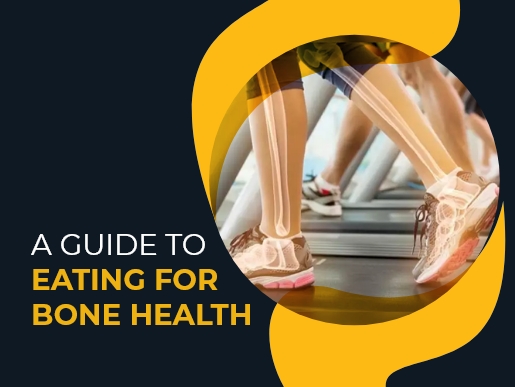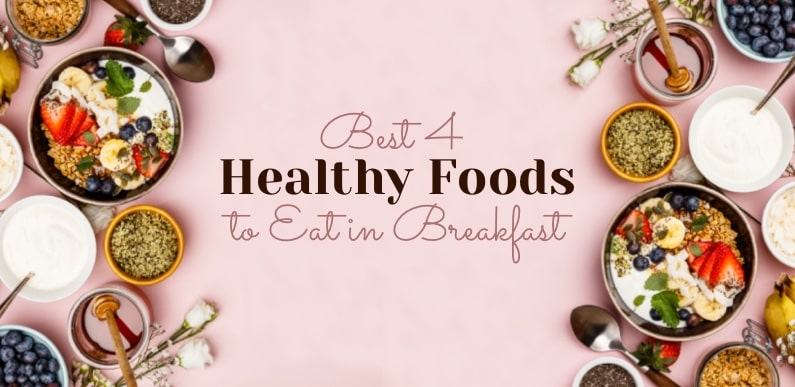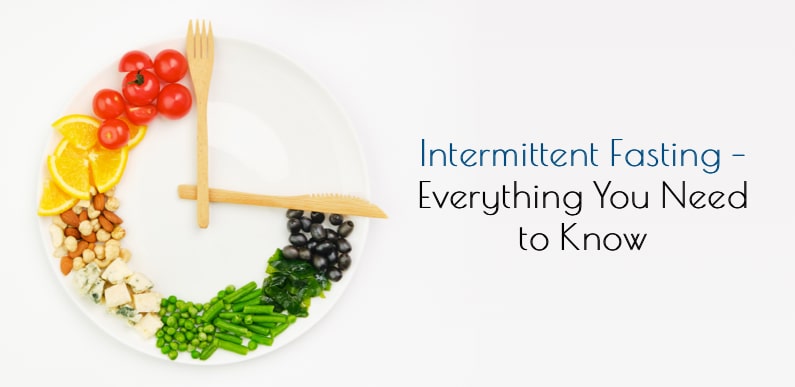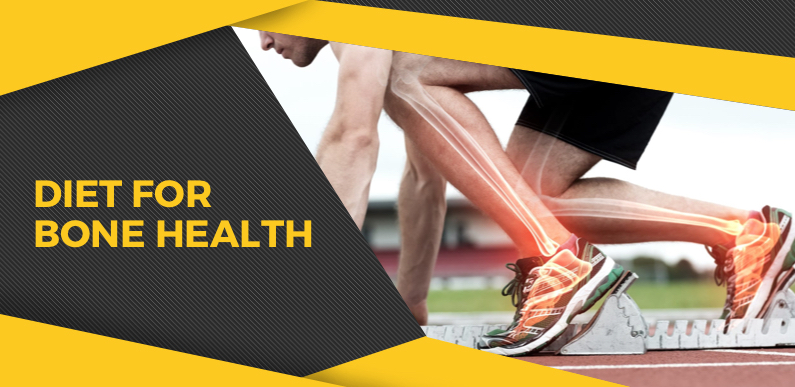

When we think about eating healthily, we often think about losing fat and building muscle.
Fat and muscle are essential parts of your body. Fat helps to fuel your body, while the muscle is a crucial part of the movement.
One major part of the body that often gets overlooked is bones. You have 206 of them, and all of them need the proper nutrients to be healthy and long-lasting. When you have healthy bones, you’ll have more energy, you’ll feel better, and you’ll significantly reduce your risk of injury. Here are the three essential nutrients your bones need to be healthy.
Calcium: If you’ve ever heard about milk making your bones stronger, it’s because it is high in calcium. Your bones and teeth contain 99% of your body’s calcium. Your body can’t produce its calcium. So, when it doesn’t have enough calcium, it will take it from your bones. Therefore, you need to make sure you consume enough of it.
Vitamin D: Vitamin D and calcium go hand in hand. Your body needs vitamin D for calcium to be absorbed in your intestines. You naturally produce vitamin D when exposed to sunlight, but you can also find it in foods.
Magnesium: Without magnesium, your body can’t regulate vitamin D or calcium properly.
Potassium: Some potassium neutralizes acids that can harm bones.
So how do you get these nutrients? Here are some foods you may or may not have tried that will keep your bones healthy and strong!
Dark Greens – High in Calcium
We all know eating your greens is important, but why is that? One reason is that they are high in calcium. Leafy dark greens such as bok choy, Chinese cabbage, kale, and collard greens are delicious and high in calcium. They also contain vitamin K, which may reduce your risk of osteoporosis.
Sweet Potatoes – High in Magnesium
On top of being a great source of magnesium, sweet potatoes are also high in potassium. Potassium neutralizes acidity in your body and keeps its PH balance in check. Sweet potatoes are also great tasting, easy to cook, and great for pairing with other foods.
Figs – High in calcium
Figs are very high in calcium. Five medium fresh ones contain around 90 milligrams of calcium. They also have a ton of potassium, magnesium, and calcium. Half a cup of these has 121 milligrams of calcium.
Try figs in oatmeal, cereal, smoothies, and tons of other delicious things.
Salmon – High in vitamin D
Salmon (and other fatty fish like swordfish, sardines, and mackerel) are very high in vitamin D. One serving of salmon can contain between 60 and 120 percent of the daily recommended intake for vitamin D.
This significant variation is due to the differences between farm-raised and wild-caught fish if you can opt for wild-caught salmon for an incredible vitamin D boost.
Other sources include:
Calcium: canned fish with bones, fortified juice, dairy products
Vitamin D: egg yolks, fortified foods
Magnesium: poppy seeds, chia seeds, avocado
Potassium: scallops, squash, beans
For more Nutrition-related blogs, click here!






